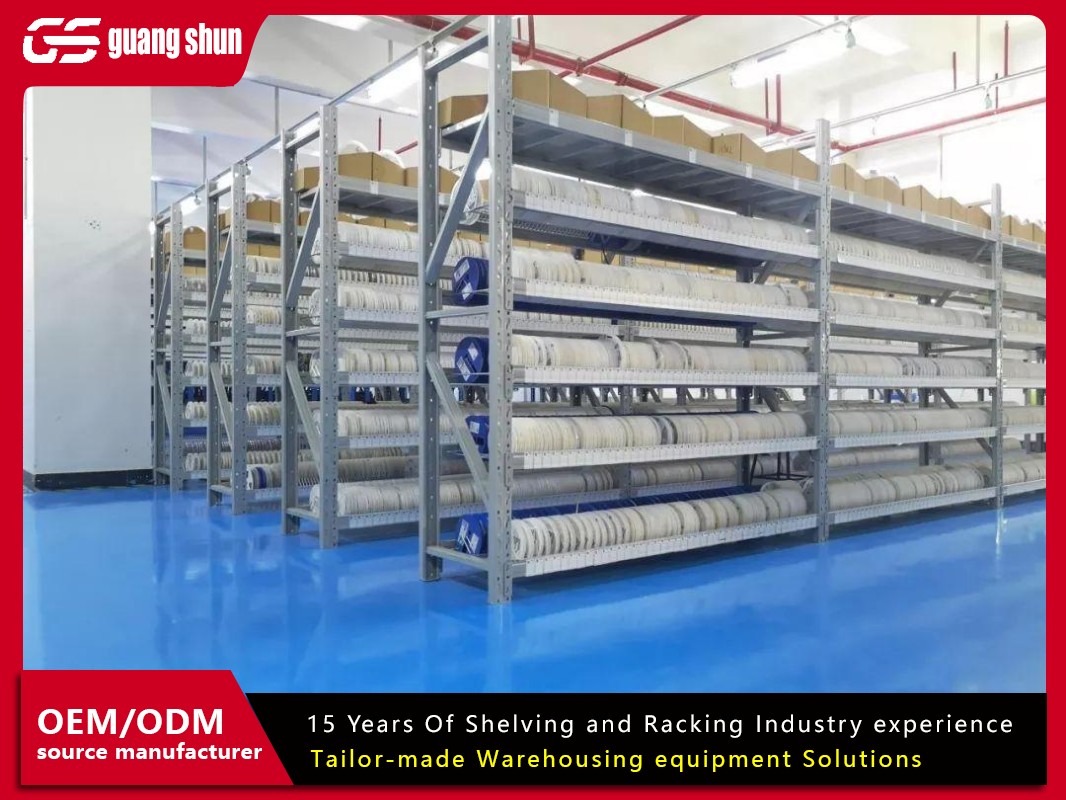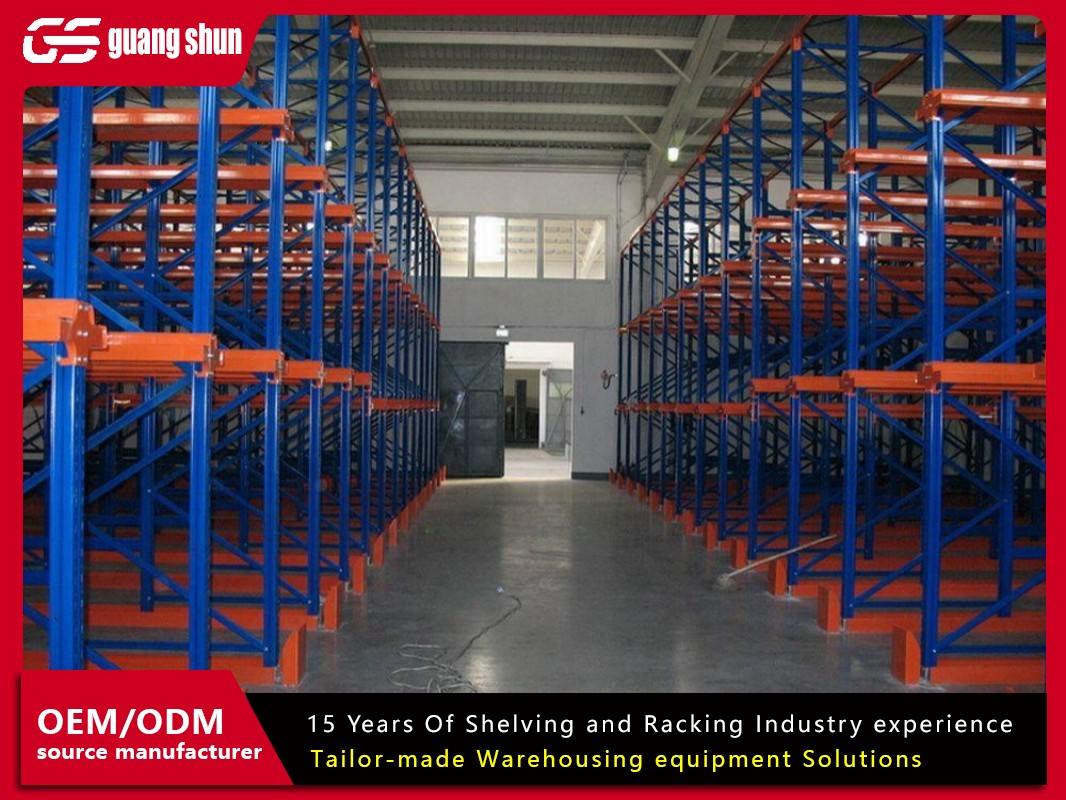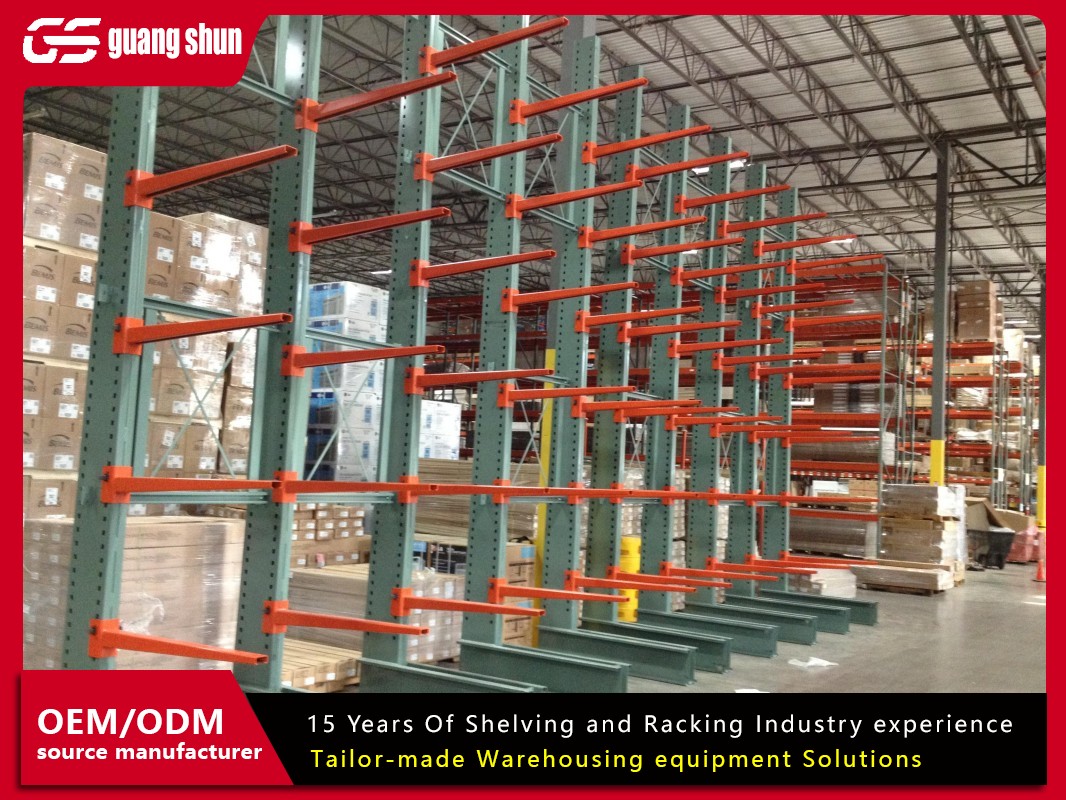In today's fast-paced industrial environments, efficient storage systems are crucial for maximizing productivity and organization. Industrial shelving and racking play a pivotal role in warehouses, manufacturing plants, and distribution centers, providing structured storage for everything from raw materials to finished goods. These systems are designed to handle heavy loads, optimize space, and improve workflow efficiency. However, selecting the right industrial shelving and racking can be daunting without a clear understanding of their features, benefits, and potential challenges. This article delves into seven key aspects of industrial shelving and racking, offering practical insights to help you make informed decisions. We'll explore various types, materials, design considerations, and common issues faced by users. By the end, you'll have a comprehensive view of how industrial shelving and racking can transform your storage operations, along with answers to frequently asked questions that often arise in real-world applications.
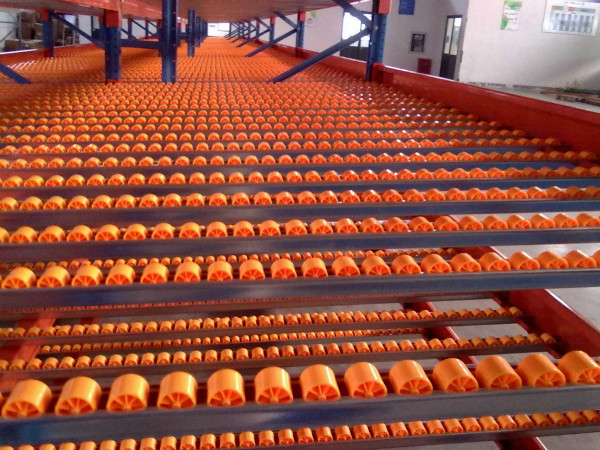
Understanding the Basics of Industrial Shelving and Racking
Industrial shelving and racking are foundational elements in storage infrastructure, tailored to support heavy-duty operations. At its core, industrial shelving refers to static units with shelves for storing smaller items or boxes, while racking systems are typically designed for palletized goods and bulk storage. The primary purpose of industrial shelving and racking is to organize inventory in a way that enhances accessibility and safety. These systems are engineered to withstand harsh conditions, including high humidity, temperature variations, and heavy usage. When implementing industrial shelving and racking, it's essential to consider factors like load capacity, durability, and compatibility with existing equipment. For instance, in a warehouse setting, industrial shelving and racking can reduce clutter and minimize the risk of accidents by keeping pathways clear. Moreover, they support inventory management practices, such as FIFO (First-In, First-Out) or LIFO (Last-In, First-Out), depending on the design. By grasping these basics, businesses can lay a solid foundation for efficient storage solutions that scale with their needs.
Types of Industrial Shelving and Racking Systems
The diversity in industrial shelving and racking systems allows businesses to choose options that align with their specific requirements. One common type is selective racking, which provides direct access to every pallet, making it ideal for facilities with a wide variety of SKUs. Another popular variant is drive-in racking, where forklifts drive into the structure to store or retrieve goods, maximizing storage density but requiring careful planning for accessibility. Cantilever racking is designed for long, bulky items like pipes or lumber, featuring arms that extend from a central column. For lighter loads, boltless shelving offers easy assembly and reconfiguration, often used in retail or small parts storage. Additionally, mezzanine shelving integrates elevated platforms to utilize vertical space, effectively doubling storage capacity without expanding the footprint. Mobile shelving systems, which move on tracks, are another innovative form of industrial shelving and racking that saves aisle space in compact areas. Each type has its advantages; for example, selective racking promotes high accessibility, while drive-in racking excels in space utilization. Understanding these options helps in selecting the right industrial shelving and racking system that balances cost, space, and operational efficiency.
Materials and Construction of Industrial Shelving and Racking
The materials used in industrial shelving and racking significantly impact their longevity and performance. Steel is the most common material due to its strength and resistance to wear and tear. Hot-rolled steel offers superior load-bearing capacity, making it suitable for heavy-duty applications, while cold-rolled steel provides a smoother finish for environments requiring cleanliness, such as food processing. Some systems incorporate aluminum for lighter weight and corrosion resistance, though it may not handle extreme loads as well as steel. The construction methods also vary; welded frames provide rigidity and stability, whereas bolt-together designs allow for flexibility and easy modification. Coatings like powder coating or galvanization protect industrial shelving and racking from rust, moisture, and chemical exposure, extending their lifespan in challenging conditions. For instance, in outdoor or humid settings, galvanized industrial shelving and racking can prevent deterioration. It's crucial to assess the material thickness and joinery techniques to ensure the system can handle dynamic loads and seismic factors if applicable. By prioritizing quality materials and robust construction, businesses can invest in industrial shelving and racking that delivers reliable performance over time.
Applications and Industry Uses of Industrial Shelving and Racking
Industrial shelving and racking are versatile solutions employed across various sectors to address unique storage challenges. In warehousing and logistics, these systems facilitate efficient inventory management by allowing easy access to goods and reducing retrieval times. Manufacturing plants use industrial shelving and racking to store raw materials, work-in-progress items, and tools, supporting just-in-time production processes. The retail industry relies on them for backroom storage, ensuring that products are organized and readily available for restocking shelves. In automotive and aerospace sectors, heavy-duty industrial shelving and racking handle large components and spare parts, often incorporating specialized features like dividers or bins. Cold storage facilities utilize corrosion-resistant versions to withstand low temperatures and humidity, while pharmaceutical companies opt for clean, easy-to-sanitize designs to meet regulatory standards. Even in office settings, industrial shelving and racking can manage archives or supplies. The adaptability of these systems means they can be customized with accessories like lockable doors or label holders for enhanced security and organization. By understanding the broad applications of industrial shelving and racking, businesses can tailor their storage solutions to industry-specific needs, boosting overall efficiency.
Installation and Maintenance Best Practices
Proper installation and maintenance are critical for the safety and longevity of industrial shelving and racking systems. Installation should always follow manufacturer guidelines and involve professional assessors to ensure structural integrity. This includes verifying that the floor is level and capable of supporting the load, as uneven surfaces can lead to instability. During assembly, it's essential to use the correct tools and hardware, and for boltless systems, to confirm that all components snap securely into place. Regular maintenance involves inspecting industrial shelving and racking for signs of damage, such as bent beams, loose bolts, or corrosion. Load capacity labels should be visible and adhered to, preventing overloading that could cause collapses. Cleaning schedules help remove dust and debris that might accumulate and weaken the structure over time. In high-traffic areas, implementing safety protocols like periodic audits and employee training on proper usage can prevent accidents. For instance, training staff to avoid climbing on industrial shelving and racking and instead use appropriate ladders or platforms is vital. Additionally, documenting maintenance activities and repairs provides a history that aids in proactive management. By adhering to these best practices, businesses can maximize the lifespan of their industrial shelving and racking while minimizing risks.
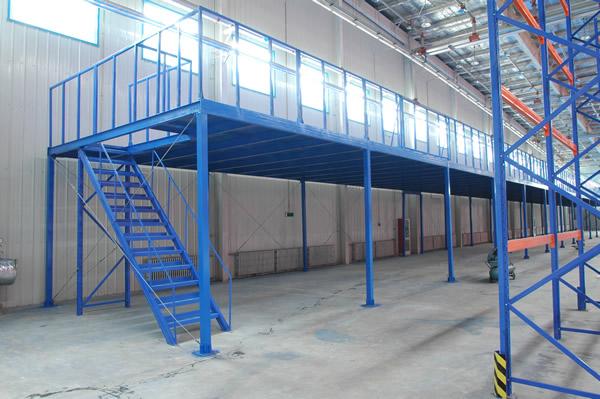
Common Questions About Industrial Shelving and Racking
When dealing with industrial shelving and racking, several common questions arise that can influence decision-making. One frequent query is about load capacity: how much weight can these systems safely hold? This depends on the design and materials, but it's crucial to consult specifications and avoid exceeding limits to prevent failures. Another question involves customization options—can industrial shelving and racking be tailored to unique spaces? Yes, many suppliers offer custom sizes and configurations to fit irregular layouts or specific storage needs. People often ask about the cost-effectiveness of different types; while initial investment varies, considering long-term durability and space savings can justify higher-quality systems. Safety concerns are also common, such as how to prevent tipping or collapses. Proper installation, regular inspections, and adhering to weight guidelines are key. Additionally, users wonder about compatibility with equipment like forklifts; selecting industrial shelving and racking with appropriate aisle widths and heights ensures smooth operations. Environmental factors, such as resistance to moisture or chemicals, are another area of inquiry, highlighting the importance of material choices. By addressing these questions, businesses can navigate the complexities of industrial shelving and racking with confidence, avoiding common pitfalls.
The evolution of industrial shelving and racking is shaped by technological advancements and changing industry demands. Automation is a significant trend, with systems integrating with robotics and IoT sensors for smart inventory tracking. For example, some modern industrial shelving and racking can automatically adjust shelf heights or provide real-time data on stock levels. Sustainability is another growing focus, leading to the use of recycled materials and energy-efficient designs that reduce environmental impact. Modularity is becoming more popular, allowing businesses to easily expand or reconfigure their industrial shelving and racking as needs change. Ergonomic designs that enhance worker safety and comfort are also emerging, such as adjustable shelving that minimizes straining. Furthermore, the rise of e-commerce is driving demand for high-density storage solutions that maximize space in urban warehouses. These trends indicate that industrial shelving and racking will continue to evolve, offering smarter, greener, and more adaptable options. By staying informed, companies can future-proof their storage infrastructure and maintain a competitive edge.
In conclusion, industrial shelving and racking are indispensable components of modern storage systems, offering versatility, durability, and efficiency across various industries. From understanding the basics and types to considering materials, applications, and maintenance, this article has covered seven essential aspects to guide your choices. Additionally, addressing common questions helps clarify uncertainties and promotes safe, effective use. As trends like automation and sustainability shape the future, investing in the right industrial shelving and racking can lead to significant long-term benefits. By applying these insights, you can optimize your storage operations, enhance productivity, and ensure a safer working environment.



